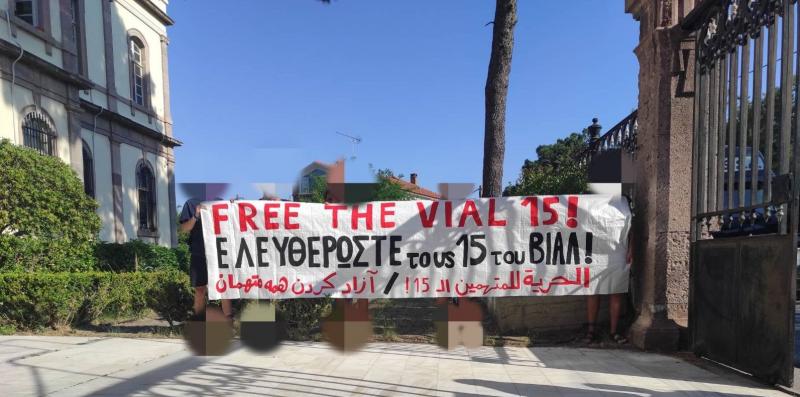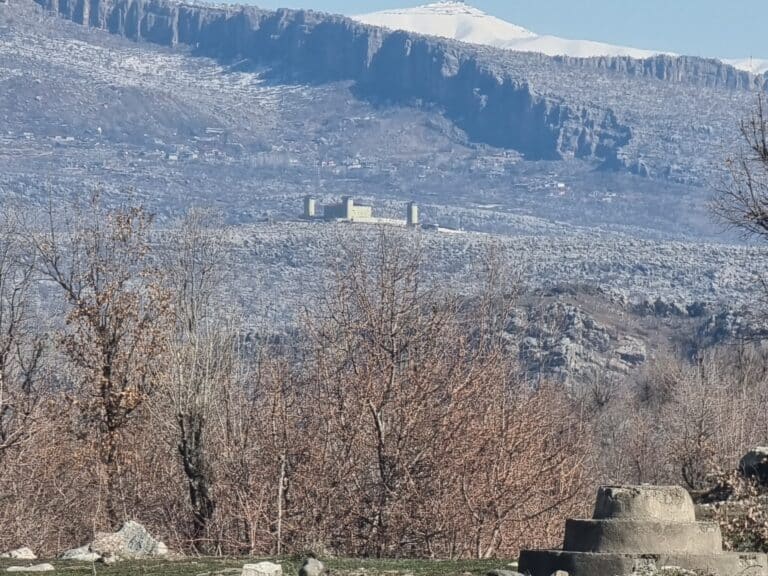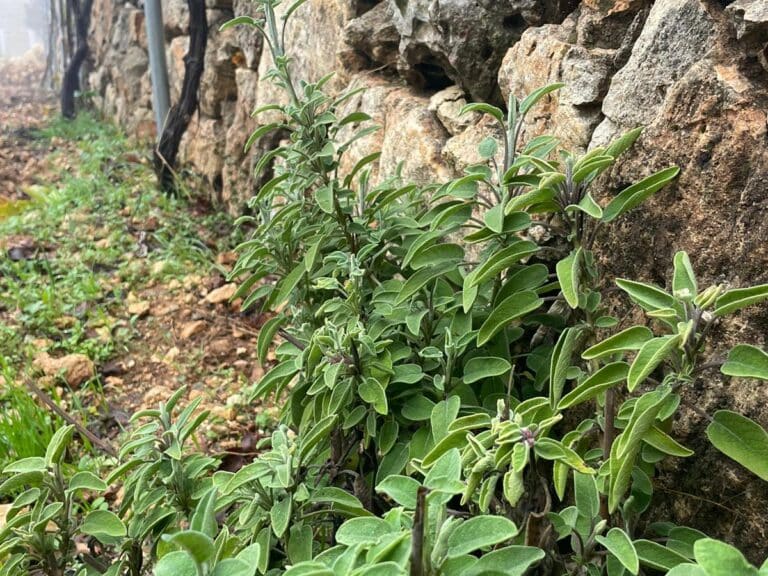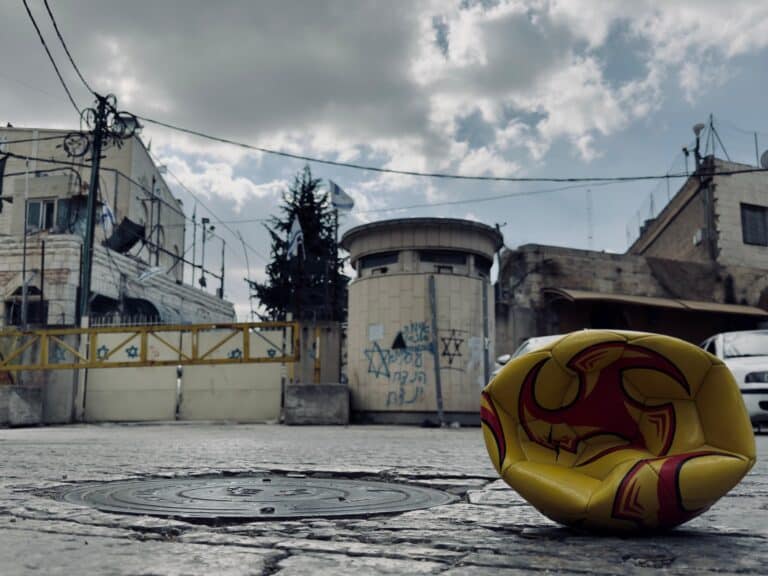The criminalization of migration and migrants has become a cornerstone of Greek and European Union migration “management”. Many dark pages have been written on the walls of the courtrooms. Therefore, it is crucial to have observers at the trials to compare procedures and expose irregularities, injustices, and violations of domestic and international laws. The presence of observers also offers moral support and basic needs for the accused and shows judges, prosecutors and police that they are being watched, increasing the chances that the accused will receive a fair trial. In this context, AMS was present at the trial of fifteen young men, known as the VIAL 15, accused of setting fire to the VIAL camp on Chios island.
The year 2020 was marked by migrant uprisings and riots with widespread destruction of camps and detention centers on the Aegean islands and Greek mainland, in response to the Covid-19 pandemic which exacerbated the situation for migrants inside the detention centers. In Chios on 18 April, Lesvos on 8 September and Samos on 15 September, fires consumed these camps which had taken on the likeness of prisons under the pretext of the Covid-19 lockdown.
On Tuesday, 22 June 2021, just a few days after the conviction of the Moria 6, another trial for arson and destruction in a detention center began. This time the charges concerned the Reception and Identification Centre (RIC) of Chios island, known as VIAL. Fifteen men of different nationalities were arrested by different police officers at different times and accused of arson and property damage. The trial took place in the court of Mytilene (Lesvos) and lasted three days (22, 23 and 29 June).
The timeline of events
The outbreak of the Covid-19 pandemic made a bad situation worse in all immigration detention centers. The centers were operating without any health protection measures against the spread of the virus and under conditions of a sanitary blockade which only further restricted the mobility of migrants to leave, intensifying their exclusion. In April 2020, at VIAL camp on Chios, an Iraqi woman was taken to hospital with severe health conditions and a fever, then transferred back to VIAL camp, where she died on 18 April 2020 of unclear causes. However, the migrants living in VIAL believed that the woman died of Covid-19. Riots broke out as a reaction to the woman’s death and against the miserable detention conditions in VIAL, which endangered the lives of all those living there. The incidents of arson occurred that same night.
The arrests, interrogations and trial
During the riots, a police car, a canteen, containers of the European Asylum Support Office (EASO) premises and a large tent, known as a Rubb Hall, were destroyed. Police forces attacked the crowd with chemical sprays to disperse them. There were no injuries to migrants or police officers. In the following days, the police tried to attribute responsibility for the damage to individuals.Since the riots took place at night, with low visibility, and many of those present had their faces covered, the identification process was almost impossible.
Police made no arrests at the time of the riots. The first arrests happened two days later and were completed within 20 days. The only police officer who identified the faces of the accused said that he recognized them from a file in the Chios security directorate. The accused migrants, in turn, testified that the arrests were made on the sole criterion that they lived in a sector of the camp accommodating exclusively single men, with no other evidence against them.
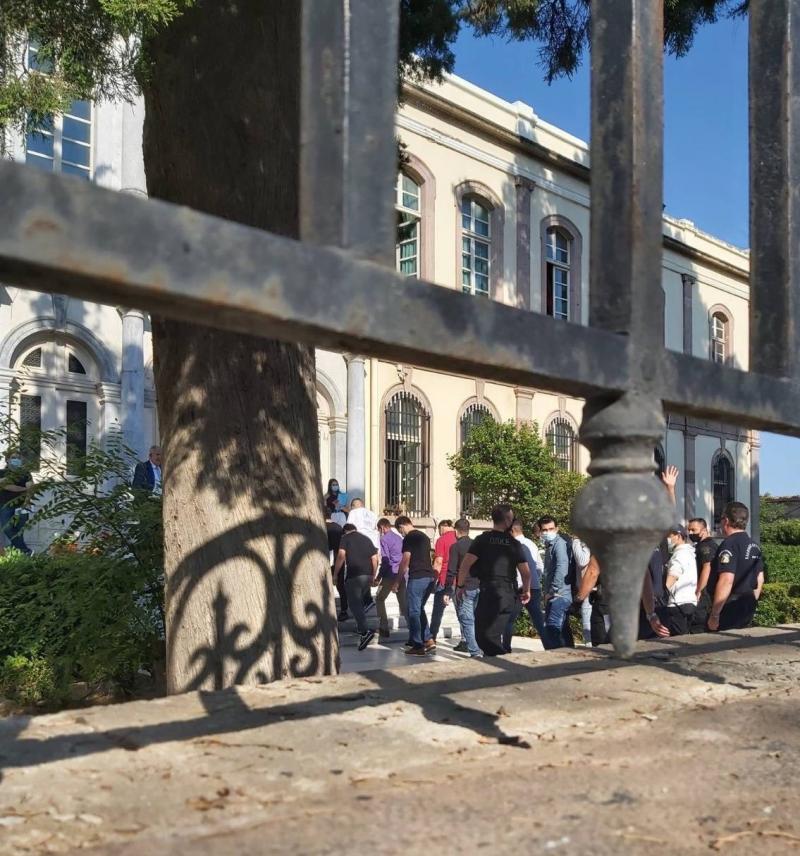
During their interrogation, some of the accused were unable to understand what was happening because the translator did not speak their dialect and therefore their statements were inaccurate. After the interrogation process, the defendants were remanded in custody and brought before a joint jury trial on the charges of:
(1) arson with danger to human life (felony) and destruction of property
(2) dangerous bodily harm against police officers
(3) obstructing police work with the use of force
(4) destruction of public property
(5) disturbing the peace
(6) participation in a criminal gang
One of the accused was also charged with carrying a weapon, as a knife was found in his tent during his arrest.
The trial began on 22 June 2021, in a courtroom that the defence counsel claimed was unsuitable due to its size. The judges upheld their objection and the trial continued the next day in a larger courtroom. Of the 15 defendants, only 14 attended trial as one escaped arrest. On the second day the court accepted the defence team’s objections that one of the 14 defendants was a minor and that he should be tried at a later date by a juvenile court. Until then, he will be released with restrictions. By the time the court recognized his juvenile status, the young man had been in pre-trial detention for 14 months as an adult, exceeding the maximum legal pre-trial detention period for juveniles of six months.
The trial then continued with 13 defendants. As mentioned above, only one witness claimed to recognize the faces of the accused. The process by which this witness identified the defendants was more than problematic: in fact, it was not an identification. As the judge called out the defendants’ names, each raised his hand when his name was called in front of the prosecution witness who confirmed that he recognized him. He ‘identified’ nine of the 13 defendants this way.
After the identification process, the prosecution witness stated that the defendants acted like a mob, throwing objects and stones at police officers. He did not see anyone setting fires or throwing flaming objects. Consequently, the most serious charge of arson, a felony crime, no longer stood. The following prosecution witnesses did not identify any of the defendants, and their testimonies about the events contradicted themselves and the other witnesses.
The witness who identified the remaining four of the 13 defendants did not appear in court. Their testimony was read aloud in the courtroom but was considered unmerited, both by the prosecutor and the presiding judge as the witness did not appear in court to be examined by the judges, prosecutor and defence counsel as required by law.
This decision led to the acquittal of these four accused on all charges. The remaining nine were found not guilty of arson with danger to human life, destruction of property, dangerous bodily harm against police officers, and participation in a criminal gang. But they were found guilty of obstructing police work with the use of force and disturbing the peace. One of the nine was further found guilty of damaging property using fire (a misdemeanour offence) and another one of carrying a weapon.
Having already served 14 months in custody, they were all released, with restrictive conditions and a financial penalty of 600 euros.
Comparative analysis on the procedure and judgments
AMS has observed many trials under similar circumstances. In particular, the recent trial in Chios for the Moria 6 case of arson at Moria camp. By comparing these two trials with similar charges (the felony crime of arson), contexts (riots in a detention center during a health blockade) and degrees of evidence, two different and contradictory results are evident: in one case a conviction for arson without recognition of any mitigating circumstances, and in the other an acquittal.
On the procedure:
In the VIAL 15 trial, sufficient time and space were given to examine both prosecution and defence witnesses by the bench, the prosecution and the defence counsel to shed light on the events that took place on 18 April 2020 at VIAL camp.
In addition, the translation to and from defendants was adequate, although it could have been much more thorough to allow the defendants to participate more actively in their own trial.
In the Moria 6 trial, under the pretext of Covid-19 measures, observers and journalists were banned from entry to the courtroom. In the VIAL 15 case, two observers were allowed access to the courtroom, albeit under very close supervision by the police.
On the judgments:
In the Moria 6 case, defence lawyers provided documents arguing that three of the four defendants were minors at the time of the arrest. The documents supporting their objection to the procedure were rejected in a completely arbitrary manner, and the young men were tried and convicted as adults. Even the mitigating factor of being at a post-adolescent age was rejected by the court. In the case of VIAL 15, the defence submitted similar documents and one of the defendants was recognized as a minor and excluded from the adult court.
Perhaps the most significant difference between the two trials was the fact that the testimony of the prosecution witness, who identified four of the defendants in VIAL 15, was considered unmerited since they did not appear in court. This was not the case in the Moria 6 trial, where the testimony of the key prosecution witness, who claimed to identify the defendants, was accepted even though he did not appear in court as required which essentially sealed the conviction. It is clear that the implementation of basic legal safeguards is arbitrary and at the discretion of the presiding judge and state prosecutors.
In conclusion, court observation of criminal trials demonstrates that laws are applied according to the inclination of each court. The system of the administration of justice is unequal and unpredictable. Migrant defendants face a constant struggle for access to a fair trial, and advocates and solidarity groups who support them face their own obstacles. We hope that the example of the VIAL 15 trial will be used in the appeal for the Moria 6 and that they will receive a fair trial that will redress the injustice against them. Until then, we will not stop demanding equal rights for all in every way possible, knowing how far we have to go.

